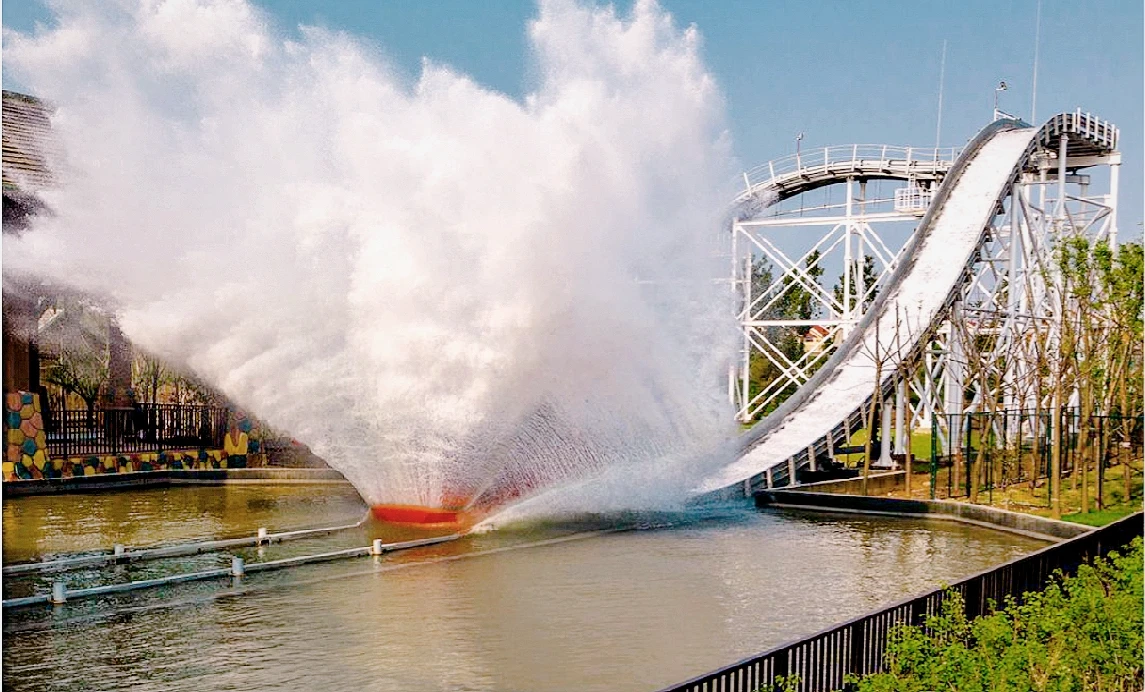- Albanian
- Arabic
- Belarusian
- Bengali
- Czech
- English
- French
- German
- Hebrew
- Hungarian
- Indonesian
- irish
- Italian
- Japanese
- kazakh
- Persian
- Russian
- Thai
- Uzbek
- Vietnamese
roller coaster rail
The Thrills and Engineering Marvels of Roller Coaster Rails
Roller coasters have long been a staple of amusement parks, captivating thrill-seekers and families alike. At the heart of these adrenaline-pumping rides lies the roller coaster rail—a seemingly simple yet highly engineered component that plays a crucial role in the overall experience. The design, material, and engineering behind these rails have evolved dramatically over time, paralleling advances in technology and our understanding of physics.
The Structure of Roller Coaster Rails
At its core, roller coaster rails consist of two main types steel and wood
. Steel coasters, which have become the dominant design in recent decades, feature smooth, tubular rails that allow for more complex maneuvers and faster speeds. These rails are typically made from high-strength steel, which provides durability and stability, essential for the safety of riders.Wooden roller coasters, while less common today, offer a different kind of charm and experience. The rails are constructed from laminated wood, allowing for flex and a natural feel that many enthusiasts appreciate. However, wood naturally deteriorates over time, necessitating rigorous maintenance to ensure safety and ride quality.
Engineering and Design
The design of roller coaster rails involves intricate calculations and simulations. Engineers must take into account numerous factors, including the forces exerted on the coaster cars during climbs and descents, the speed of the ride, and even wind resistance. These factors are analyzed using advanced computer modeling software that can simulate various scenarios, helping designers create a safe yet exhilarating experience for riders.
The height and steepness of drops are critical elements of design. A steep drop can produce a thrilling and heart-pounding moment as the coaster barrels downward, and the associated G-forces create a unique sensation that riders crave. To ensure that these sensations are safe, engineers must conduct extensive testing and adjustments to achieve the desired ride experience without compromising safety.
roller coaster rail

Safety Innovations
Safety is paramount in roller coaster design, and roller coaster rail innovations have significantly contributed to this goal. Innovations such as magnetic braking systems and over-the-shoulder harnesses have enhanced rider security. Magnetic braking, for instance, provides a smooth and controlled deceleration, preventing the abrupt stops that can occur on more traditional rides.
Moreover, regular inspections and maintenance practices are mandated to ensure that the rails and surrounding structures remain in optimal condition. This commitment to safety has allowed roller coasters to maintain their popularity, as parents and riders alike can trust that they are in good hands.
The Experience of Riding
The roller coaster experience is multi-faceted, involving anticipation, exhilaration, and, for many, a bit of fear. As riders are strapped into their seats and the train begins its climb, the excitement builds. The click-clack sound of the coaster ascending the first hill is almost iconic, signaling the impending rush. Once the peak is reached, the world seems to pause before plummeting down the other side, accompanied by screams and laughter.
The design of the track, including twists, turns, and inversions, contributes significantly to the overall sensation. Riders experience weightlessness during drops and sharp turns, heightening their adrenaline rush in ways that other thrill rides cannot replicate. This sensory experience is further amplified by the aesthetics of the roller coasters themselves—bright colors, thematic elements, and immersive environments all combine to create a unique atmosphere.
Conclusion
Roller coaster rails are more than mere tracks; they are the backbone of an experience that combines artistry, engineering, and the thrill of adventure. As technology continues to advance, we can expect to see even more innovative designs and safety features that push the boundaries of what roller coasters can achieve. For both young and old, the roller coaster remains a symbol of fun and excitement, with its rails guiding riders through a journey filled with unforgettable moments. As amusement parks continue to evolve, roller coasters will undoubtedly remain at the forefront, thrilling generations to come.
-
Flume Ride-Hebei Zhipao Amusement Equipment Manufacturing Co., Ltd.|Thrilling Water Attraction&Customizable DesignJul.30,2025
-
Flume Ride - Hebei Zhipao Amusement Equipment | Water Coaster, Thrilling DescentJul.30,2025
-
Flume Ride - Hebei Zhipao | Thrilling Water AttractionJul.30,2025
-
Flume Ride: Thrilling Water Attraction by Hebei Zhipao|Log Flume Manufacturers&Flume Ride DesignJul.30,2025
-
Flume Ride-Hebei Zhipao Amusement Equipment Manufacturing Co., Ltd.|Thrilling Water Coaster, Safe DesignJul.30,2025
-
Flume Ride-Hebei Zhipao Amusement Equipment Manufacturing Co., Ltd.|Thrilling Water Attraction, Safe DesignJul.30,2025
